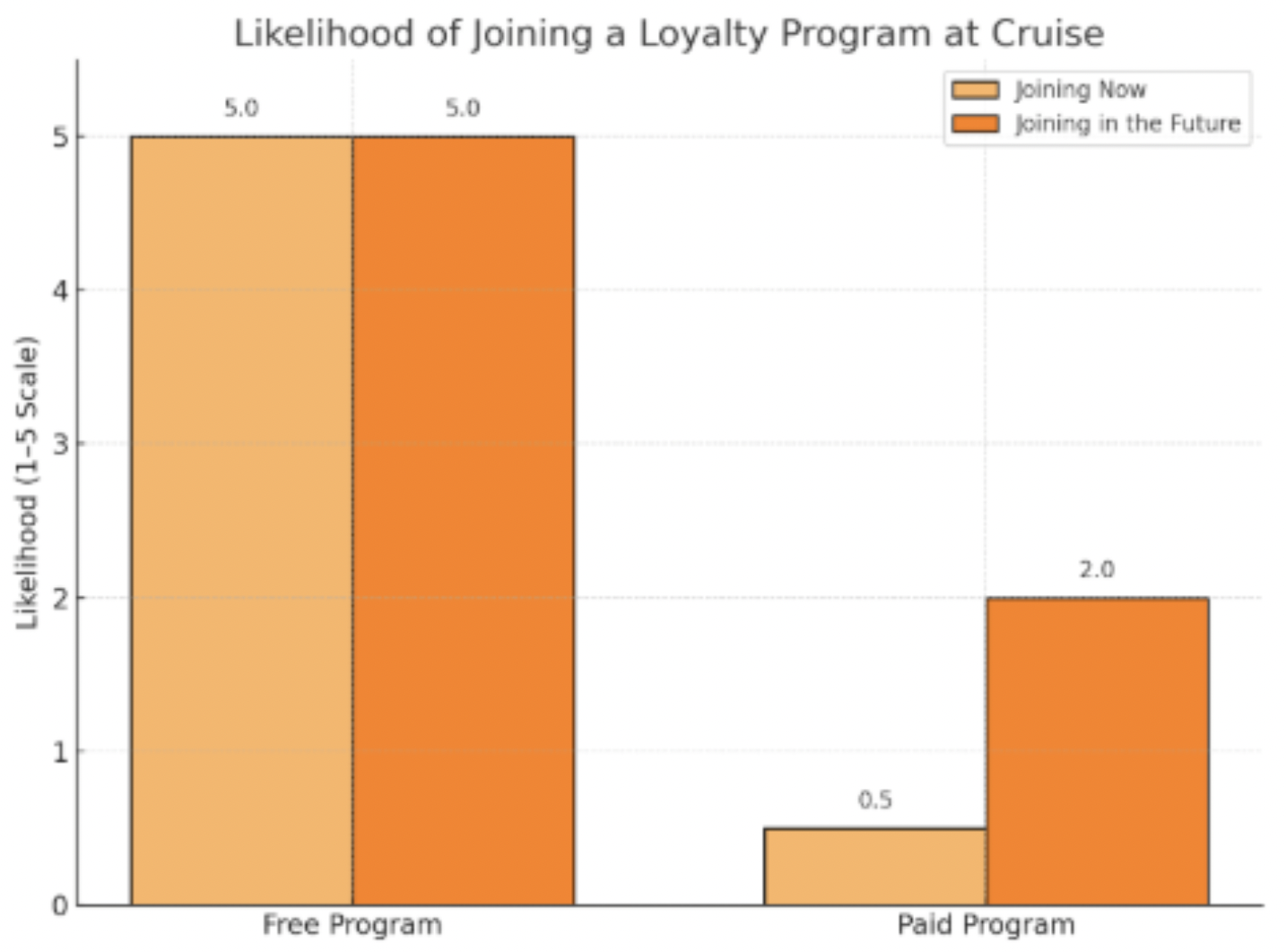Cruise -
Loyalty Growth Project
The Context
Cruise is a motor vehicle manufacturing company that designs and builds autonomous vehicles. The company has been testing specially built self-driving Chevrolet Bolt EV in various cities in the U.S.
Problem Statement
Cruise faced the challenge of building a more consistent rider base and improving customer retention to support future growth.
Research Questions
Purpose of the Study
Inform Cruise’s future business and growth decisions on utilizing loyalty programs to create a more consistent rider base.
Q1: what is loyalty for a rideshare company?
Q2: how do existing loyalty programs function in rideshare?
Q3: what kind of loyalty programs make sense for Cruise and why?
Methods
Scope definition —> briefs with PMs and product development
Two-step approach for this research
Literature Review:
Due to the existing vast research on loyalty programs in rideshare, literature review will first be conducted to understand Q1
Focus Groups:
This is to understand customers’ experiences with loyalty programs and explore existing Cruise riders’ perspectives on loyalty, customer retention, and how we might improve riders’ loyalty to Cruise, specifically for Q2 & Q3
Added quantitative indicators to track customers’ expectations of loyalty programs
Approach
-
Problem Framing
Worked with PMs and product development to define the scope of the problem and potential impact
Background research
Reviewed existing research
Conducted lterature review
Competitive analysis to compare existing loyalty programs
-
Research Plan
Complete research guide, recruitment messages, and interview scripts
Recruitment
Determined target participants, screening criteria, and availability
E.g., inclusion —> existing Cruise riders who previously or currently have loyalty programs with competitiors
Logistics
Recruit external participants through Dscout and Cruise Rider Club
-
Small focus groups with external participants
3 90-min sessions with 4-5 Cruise riders in each
An efficient way to get multiple perspectives while allowing room for any topic deep dive
-
Findings Synthesis
Transformed findings into meaningful and actionable insights
Quantified participants’ expectations for an ideal loyalty program
Recommendations
Generated “how might we” questions to inspire future business decisions
Outlined short- and long-term strategies to increase customer loyalty
Key Findings
Q1: what is loyalty for a rideshare company?
Users are “loyal” to a rideshare brand based on convenience and incentives
E.g., choosing Uber because it’s cheaper than Lyft
“There’s nothing to dislike about a free program, but it has to be realistic and exciting for me to keep using it”
How might we…
design loyalty programs that cater to customer motivations, in order to drive stronger purchasing behavior and ensure widespread adoption in the rideshare market?
Q2: how do existing loyalty programs function in rideshare?
Customers join loyalty programs because they are:
Cost-effective
Happy with the benefits
Rewarded by incentives
Recommended by friends and family
How might we…
create a loyalty program that effectively incentivizes, rewards, saves costs, and is accessible while preventing drop-offs?
Q3: what kind of loyalty programs make sense for Cruise and why?
Free loyalty programs that meet customers’ preferences may help Cruise stand out in the near future, because
E.g., Riders don’t currently think they will pay for a membership due to lack of trust with this novel Rideshare platform
“I probably wouldn’t pay for a membership. Even if Cruise offered rides to the airport, I don’t really trust it to get me there on time given it’s still in its early stages.”
Customers are more likely to join paid loyalty programs when they have active loyalty towards Cruise in the future
Customers in general are less likely to pay for loyalty programs. To build a successful paid loyalty program, Cruise needs to
Meet or exceed customers’ expectations for the program by addressing customers’ preferences for loyalty programs
Differentiate from competitors and avoid becoming another commodity
How might we…
develop unique strategies that set Cruise apart from its competitors and strength our competitive advantages in the current marketplace?
The Impact
This research
outlined short- and long-term strategies to increase customer loyalty at Cruise
identified customers’ preferences and expectations in an effective loyalty program for Cruise
Personal reflections
I learned to
balance between research rigor and efficiency
advocate for research flexibility to different audience (e.g., PMs, design)


